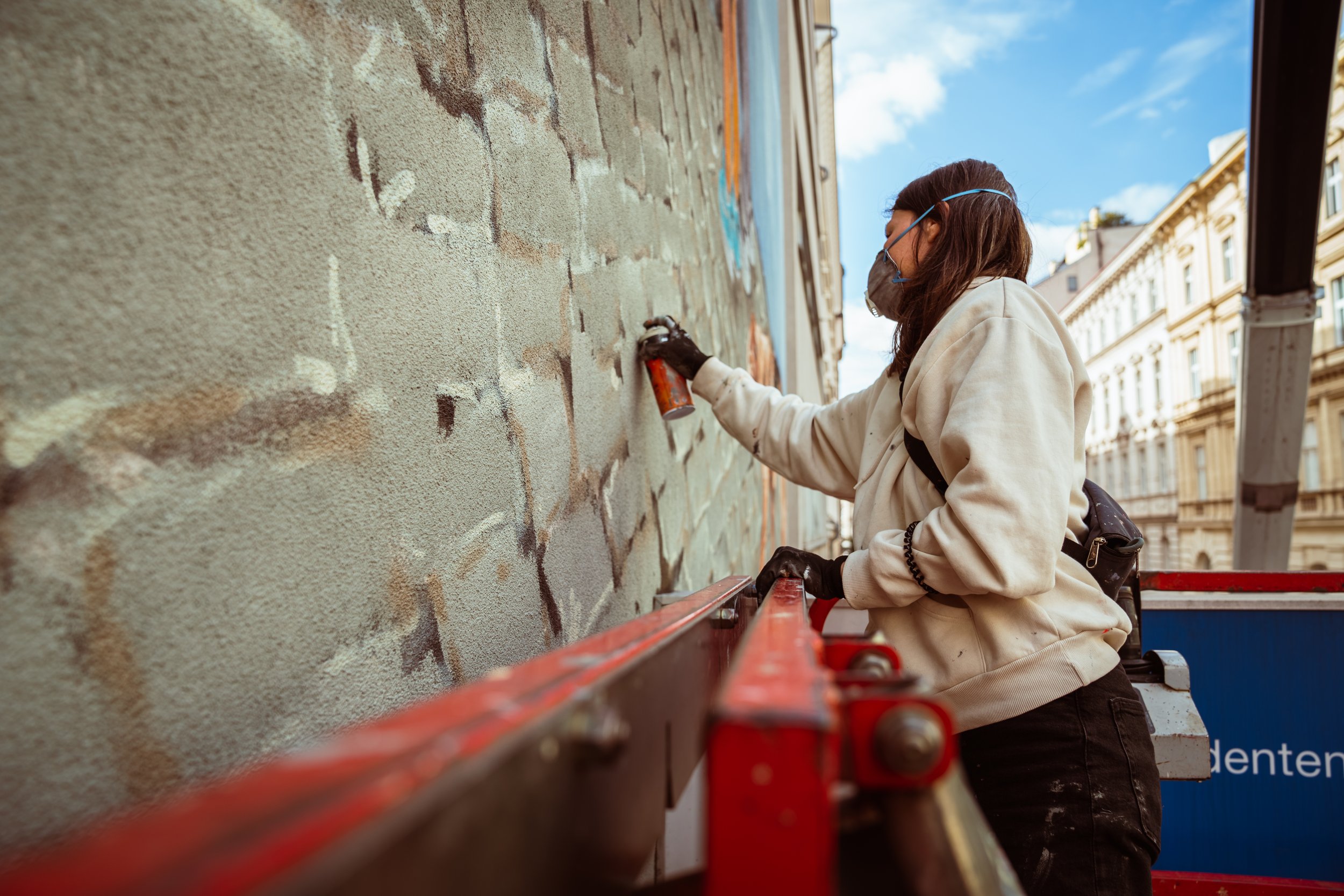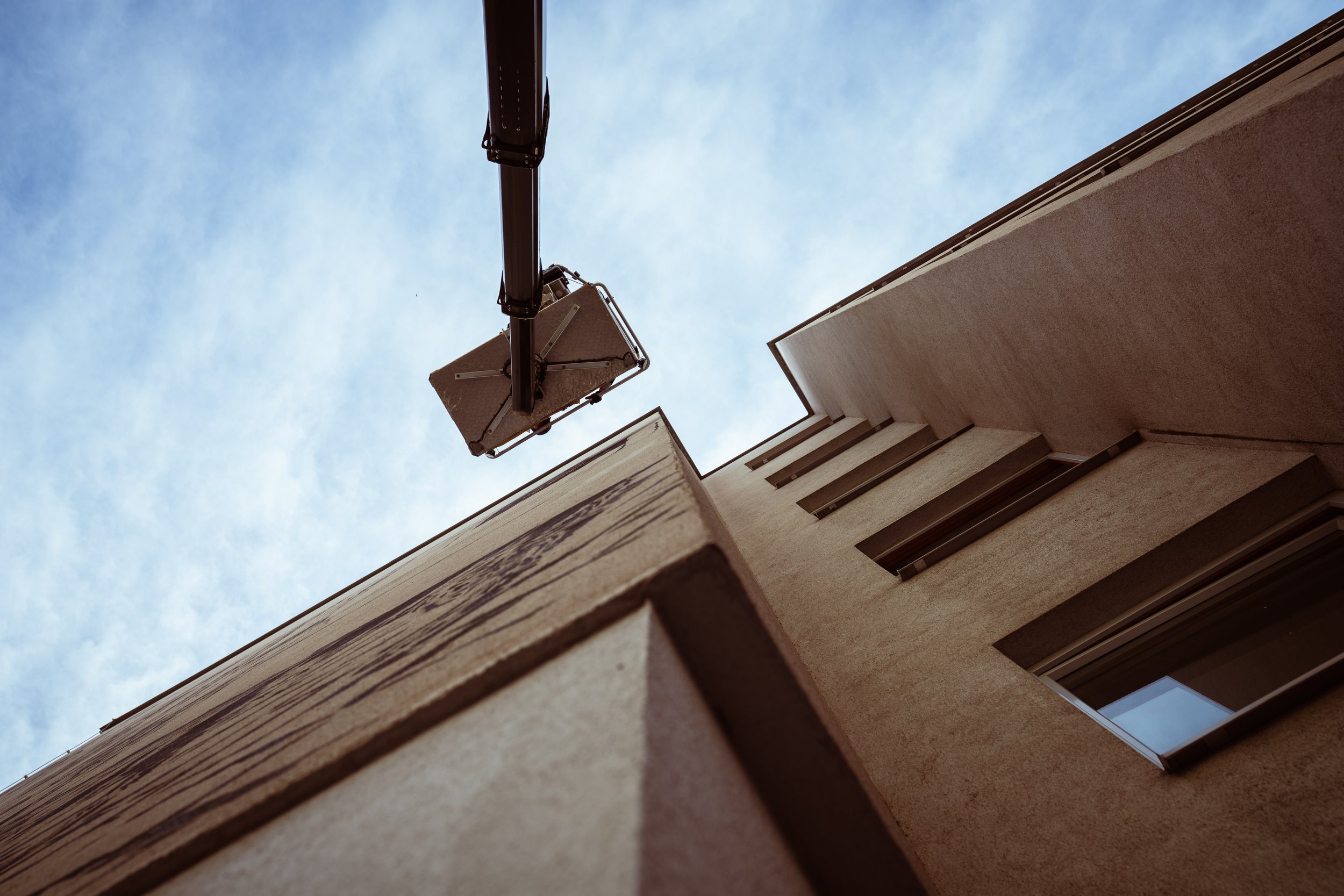Jana & Js
The basis for this interpretation by Jana & Js is the 17th-century painting "Dorfstraße mit Hurdy-Gurdy Player" by the Dutch master Adriaen van Ostade (1610-1685), which is on loan to the Alte Galerie in Graz.
In this work, a hurdy-gurdy player can be seen in front of a farmhouse, captured from an oblique perspective, with a small audience standing around and hoping for gifts. Young and old listen attentively to the hurdy-gurdy player. Several children have gathered in front of a house with a typical Dutch half-door (also called Klöntür in the north), chicken ladder and pigeon coop. They join the adults as listeners. A musical performance is always something unusual in everyday life in the 17th century.
It is the time after the Thirty Years' War. Europe is marked by plundered and destroyed regions. Roaming vagabonds and disused mercenaries characterize the village. The hurdy-gurdy is the instrument of beggars and tramps. And yet those who make music still have an advantage. They get alms more easily than those who only complain. Adriaen van Ostade is a younger contemporary of Rembrandt and was influenced by him in his chiaroscuro manner.
The artist duo Jana&Js based their reinterpretation on van Ostade's motif, but prepared the scene in a contemporary way and presented it in their unmistakable style. The resulting work is entitled "Village Square with Ukulele Player". It has a similar structure and shows the same number of people in almost the same positions as Adriaen van Ostade's work. Instead of the three men, the adults in the scene at Jana&Js are women.






